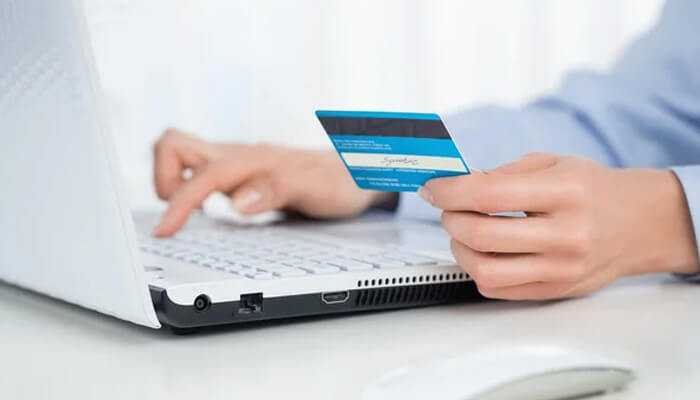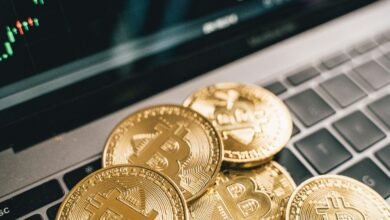Exploring Different Payment Methods – A Comprehensive Guide

In our rapidly evolving world, technology has penetrated various aspects of life, making them more convenient and better than they were before. One significant domain where technology has worked wonders is payment methods. Transacting money digitally has made life substantially convenient, speeding up financial operations and maintaining hassle-free financial management. This Article brings for you an all-inclusive guide on different payment methods. We will also tackle upi helpline numbers, and take a quick drive through Bajaj Pay UPI. Let’s get started.
The Evolution of Payment Methods
The landscape of payment methods has experienced substantial modifications over the years. It all began with the inception of online banking where users could transact money directly from their bank accounts. This facility not only ditched the need to physically visit the bank, but also paved the way for ecommerce, opening a world of new possibilities.
Following online bank transfers, debit and credit cards took over the market. Equipped with advanced security measures, these cards provide a convenient method of transacting money, both online and offline, and are widely received all over the world.
Digital Wallets: A Revolutionary Payment Method
In the recent few years, the world has observed the rise of digital wallets, a revolutionary payment method that has made transactions incredibly accessible and quick. Serving as an extension to the banking infrastructure, digital wallets save the user’s banking information and enable them to pay with a simple click. Many digital wallets offer coupon codes and cashbacks, offering financial benefits to their users.
Security and Support in Payment Methods
It’s evident that along with different payment methods security is also a major concern. Most of the wallets have different layers of security including OTP and advanced biometric features which adds to the user convenience. However, in case of any issues related to transactions, most have customer support or upi helpline number to offer immediate assistance.
UPI: A Game-Changer in Digital Payments
Unified Payment Interface (UPI) is a recent addition to the digital payment methods and is quickly gaining popularity in India. UPI is a mobile-based peer-to-peer payment system that enables users to send and receive money using a UPI-based platform. The transactions are instantaneous and can be done at any time of the day. The convenience offered by UPI is instrumental in driving its popularity. Just when you thought UPI was the pinnacle of payment methods, Bajaj Pay UPI comes along to further lift the convenience bar.
Introducing Bajaj Pay UPI: A Step Ahead in Digital Transactions
Bajaj Pay UPI is a revolutionary new offering by Bajaj Finserv that converges the advantages of UPI, PPI, EMI, and insurance on a single platform. Whether you want to pay your electricity bill, mobile bill or even insurance premium, Bajaj Pay UPI has got you covered.
Using Bajaj Pay UPI is extremely easy. Here’s a step-by-step guide to help you get started:
Step 1: Download and install the Bajaj Finserv Direct app from the Google Play Store or Apple App Store.
Step 2: Open the app and register using your mobile number.
Step 3: Set a 4-digit mobile PIN (mPIN) as your password for the app.
Step 4: Go to the ‘UPI’ section and click on ‘Link Bank Account’.
Step 5: The app will automatically fetch your bank account details. You just need to verify and click on ‘Confirm’.
Step 6: Set your UPI pin by entering your debit card details.
Step 7: Your Bajaj Pay UPI is now ready. You can now make payments with just a few clicks.
In case of any trouble, you may contact the upi helpline number for a quick resolution.
Conclusion
Payments have become significantly seamless with advancements in technology, and the introduction of systems like Bajaj Pay UPI has made it even more comfortable for people to undertake different transactions. The wide range of payment methods available today has not just improved the speed and convenience of transactions, but have also provided consumers with more flexibility and control over their spending. The future of payments is swiftly moving towards a more integrated and user-friendly direction and it is fascinating to see what lies ahead.




